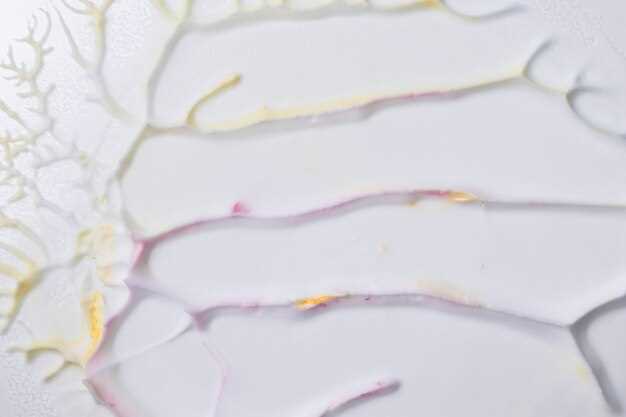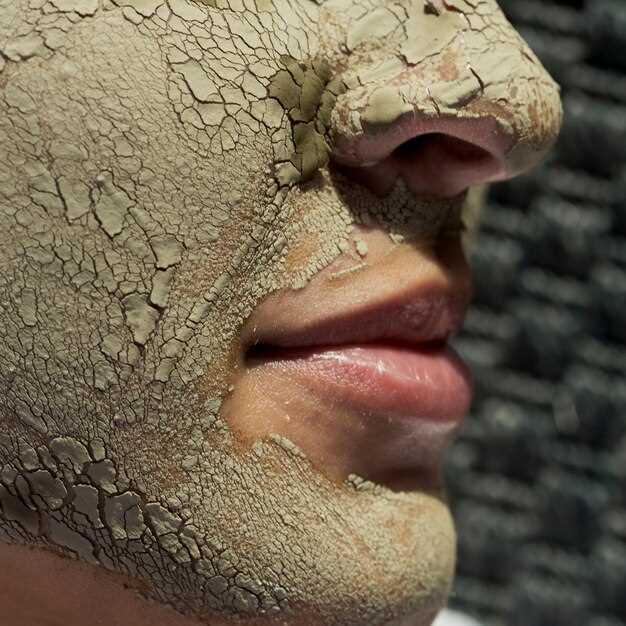
Vehicle damage can be categorized into two primary types: cosmetic damage and structural damage. Each of these classifications plays a crucial role in determining the extent of repairs needed and the overall safety and functionality of the vehicle. Understanding the differences between them is essential for vehicle owners, especially when evaluating repair costs or assessing a vehicle’s performance after an accident.
Cosmetic damage refers to any harm that affects the appearance of a vehicle without impacting its structural integrity. This type of damage can include scratches, dents, paint chips, and other surface imperfections that may diminish the vehicle’s aesthetic appeal but do not compromise its ability to perform safely on the road. While cosmetic damage can be unsightly and might affect resale value, it often requires less extensive repairs, focusing mainly on restoring the vehicle’s exterior appearance.
On the other hand, structural damage involves damage to the vehicle’s fundamental framework or safety systems. This can occur from severe collisions, rollovers, or other accidents that compromise the structural components of the car, such as the frame, chassis, or safety features like airbags. Structural damage is often more complex and costly to repair, and in many cases, it can pose significant safety risks if not addressed properly. Repairing structural damage requires specialized skills and equipment to ensure that the vehicle meets safety standards.
Identifying Cosmetic Damage: What to Look For

Cosmetic damage refers to external imperfections that affect the appearance of a vehicle but do not impair its functionality or safety. Identifying such damages is crucial for maintaining vehicle value and aesthetic appeal. Here are key indicators to help you assess cosmetic damage:
- Paint Scratches and Chips:
- Look for noticeable scratches along the body panels, doors, and bumpers.
- Check for paint chips, especially on edges and corners of the vehicle.
- Examine areas around the fenders and wheel wells for any signs of touch-up paint.
- Dents and Dings:
- Inspect the body panels for small dents or dings that may not be visible from all angles.
- Look for areas where the metal is indented but the paint remains intact.
- Assess the roof and hood, as these can be prime areas for hail damage or tree branch impacts.
- Rust and Corrosion:
- Search for surface rust, particularly around wheel arches and under the doors.
- Check the condition of weather stripping and seals where moisture might accumulate.
- Examine the undercarriage and frame for any signs of corrosion that could worsen over time.
- Plastic and Trim Damage:
- Inspect bumpers for cracks, scratches, or discoloration.
- Check moldings and trim pieces for warping or fading.
- Look for damaged headlight and taillight covers that may be cloudy or cracked.
- Windshield and Glass Issues:
- Examine the windshield for chips, cracks, or scratches that could hinder visibility.
- Assess side and rear windows for any signs of damage, such as scratches or pitting.
- Look for minor imperfections such as water spots or residues that could signify wear.
By thoroughly examining these areas, you can effectively identify cosmetic damage that, while not affecting the car’s performance, can impact its appearance and resale value.
Assessing Structural Damage: Key Indicators to Observe

When evaluating potential structural damage to a vehicle, it is crucial to identify specific indicators that may reveal underlying issues. Unlike cosmetic damage, which affects only the exterior appearance, structural damage can significantly compromise the safety and integrity of a vehicle.
1. Misalignment of Body Panels: One of the most prominent signs of structural damage is misalignment of body panels. This can manifest as uneven gaps between doors, hoods, and trunk lids. Inspecting the symmetry of the vehicle’s exterior can help pinpoint areas where structural integrity may have been compromised.
2. Frame Damage: A damaged frame is a critical concern. Look for visible bends, cracks, or rust on the frame itself. Additionally, some vehicles have a unibody design where the frame is integrated with the body. Any deformation in this area can be serious and require professional assessment.
3. Suspension Issues: Structural damage often impacts the suspension system. Signs such as uneven tire wear or the vehicle pulling to one side during driving can indicate compromised suspension components. A thorough inspection of the suspension system is essential to determine if structural issues are present.
4. Door Functionality: Doors that do not open or close smoothly can signal structural problems. If a door sticks or requires excessive force to operate, it may be misaligned due to underlying frame damage.
5. Leaks and Fluid Loss: Check for any unusual fluid leaks, especially from the engine or transmission. In some cases, structural damage can cause misalignment, leading to connections being compromised and resulting in leaks.
6. Welding Marks: Examine areas where metal sections are joined. Uneven welds or signs of re-welding can indicate past repairs due to an accident. While not inherently bad, it’s essential to verify the quality of repairs performed on damaged structural components.
7. Visual Inspections: Look for signs of damage on the vehicle’s underside. A comprehensive inspection of the undercarriage can reveal hidden issues that are not visible from above. Pay attention to any bends, scratches, or signs of impact on critical structural areas.
Careful observation of these key indicators can help differentiate between cosmetic and structural damage. Understanding these signs is vital for ensuring the safety and performance of the vehicle post-damage. In cases of uncertainty, consulting a professional with experience in structural assessments is always advisable.
Repair Options: Cosmetic vs Structural Damage Solutions
When assessing vehicle damage, it’s crucial to distinguish between cosmetic and structural issues, as they require different repair options. Understanding these distinctions can help vehicle owners make informed decisions regarding repair costs and methods.
Cosmetic damage typically refers to shallow dents, scratches, and paint imperfections that do not affect the car’s structural integrity. Repair options for cosmetic damage include traditional bodywork, paint touch-ups, and paintless dent repair (PDR). Traditional bodywork involves sanding down damaged areas, applying filler, and repainting to restore the vehicle’s appearance. Paint touch-ups are effective for minor scratches and chips, utilizing color-matched paint to blend imperfections with the original finish. PDR is a non-invasive method that removes dents without affecting the paint, ideal for small dents on panels.
Structural damage, on the other hand, pertains to the vehicle’s frame, suspension, or safety components. Such damage poses safety risks and may compromise the vehicle’s performance. Repairing structural damage often requires more complex solutions. Frame straightening is the most common method, employing specialized machinery to correct twisted frames. Replacement of affected components, such as crumple zones or suspension parts, ensures safety features function correctly. In severe cases, where the frame is irreparable, a total loss assessment may lead to vehicle replacement instead of repair.
Choosing the right repair option depends on the extent of the damage, the vehicle’s age and value, and safety considerations. Consulting with certified professionals can provide clarity on the best course of action to restore the vehicle to its optimal condition while maintaining safety and performance standards.

